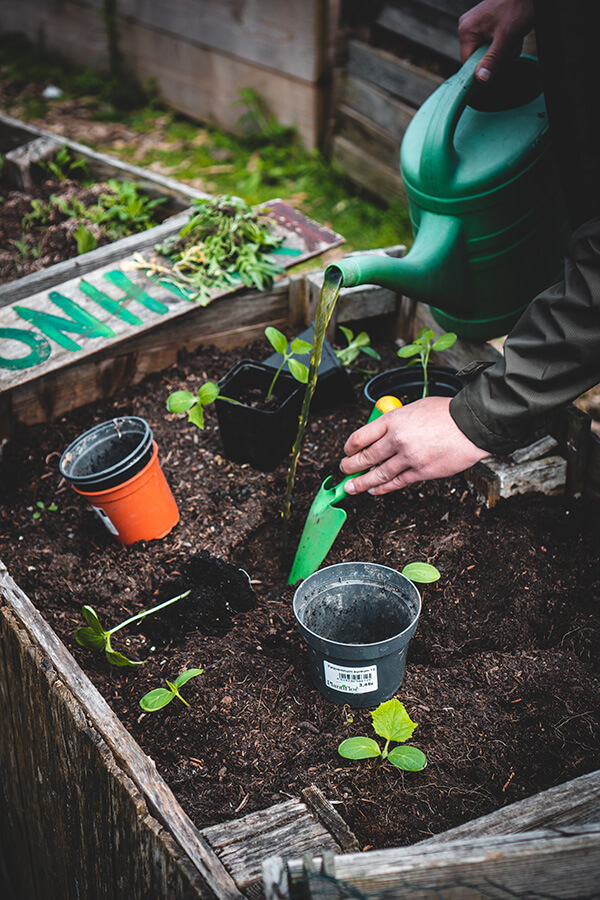Research
The creation of a diverse microbiome beneficial to the well-being of humans and nature requires food and places to live for the microbes. In other words, diverse vegetation, and other organic material, such as decayed wood. We increase biodiversity in built areas and research how better contact with nature can increase microbial exposure, and how this impacts health and well-being.
We also study the effect of the surrounding environment on yard vegetation and the number of microbes in these yards. We are investigating whether exposure to nature’s microbes can prevent or slow down the development of immune-mediated diseases such as allergies or type 1 diabetes.
We are part of the BIOD research programme funded by the Strategic Research Council (SRC).
Work packages
Invisible microbial diversity
Microbial diversity is critical to ecosystem functioning because microbes maintain ecological processes such as decomposition of organic matter, nutrient cycling, and controlling pathogens within the ecosystem. Microbial diversity is also important for human health and immune regulation. Well-functioning immune system, immune tolerance and low incidence of immune-mediated diseases has been reported to be associated with living close to biodiverse green spaces.
Our recent findings have also showed that urban built areas limit the transfer of rich environmental microbiota indoors, and that diverse yard vegetation and diverse gut microbiota are interrelated.
In this work package, we study how the biodiversity interventions affect the environmental microbiota in urban yards and human commensal microbiota on the skin, in saliva and in the gut. We perform biodiversity interventions in four cities and in separate housing units for visually disabled, elderly and people on the autism spectrum.

Urban planning
This work package designs biodiversity interventions and investigates their effects, in collaboration with experts in landscape architecture, landscaping and environmental ecologists. Here, we model:
1) How land cover ratios and the distance to forests and other biomasses affect biodiversity at the intervention yards,
2) How the interventions change these connections
3) How accessibility to green infrastructure is connected with the spread of microbiota from the intervention yards. For example, we calculate the coverage of each CORINE land cover class within various radii around intervention yards.
Geographical data from Biomass Atlas, by Natural Resources Institute Finland, is used to study biodiversity shifts in the context of ecological and human well-being. We also use other open databases, such as OpenStreetMap, city tree databases and decaying wood investigations in our models.

Human medical and psychological wellbeing
In this work package we make a biodiversity intervention for children having a genetic predisposition to develop an immune-mediated disease, such as allergies or type 1 diabetes. The trial is done indoors, using sand enriched with highly diverse nature-based microbes.
The aim of the trial is to study if biodiversity intervention can prevent or slow down the pathogenic process of immune-mediated diseases. Other studied factors include the effects of the intervention on the children’s microbiome and their immunological status. Furthermore, we perform vegetation inventions in the home yards of the participating children.
Finally, we study contact with nature and the well-being of participating families with questionnaires.

Visible biodiversity
This work package will 1) carry out vegetation surveys before and after the beginning of biodiversity restoration interventions. The surveys investigate the prevalence of vascular plants, moss coverage, the proportion of plant-free areas, and the prevalence and quantity of different plant species and polypore fungi. The surveys are carried out with the microbial sampling of work package 3. This allows for comprehensive analysis of the data collected, along with work packages 3–5.
The work package also focuses on 2) decayed wood research, which aims to provide high-quality materials to enrich biodiversity, for example in yard sites. We evaluate the suitability of different wood species and different industrial by-products to produce decay materials with rich microbiome.




